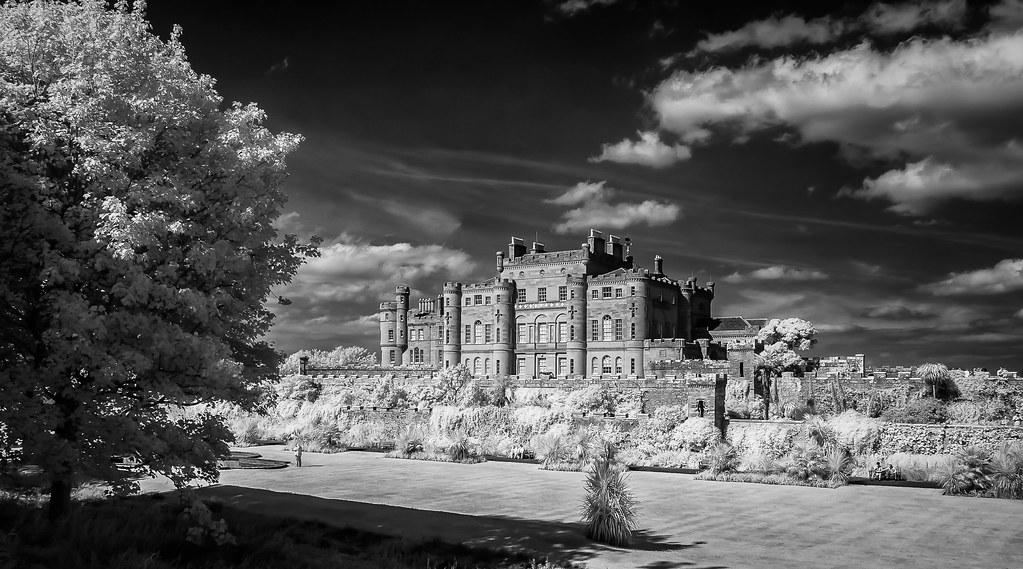In Lightroom Classic, in Basic, I select Black & White then Auto Tone. Then I take the image to Silver EfexPro2. I usually use the preset High Structure Smooth or High Structure Harsh. Then, after making adjustments, I go back to Lightroom to make further general or local adjustments to finish the job, usually leaving noise reduction and sharpening until the end.
Those simple steps suit Raw images from my converted Nikon D80 with a 590 nm filter and my Nikon D7100 with 720 nm filter, or either camera with an 850 nm filter over the lens.
Here, as they say, is one I made earlier:

